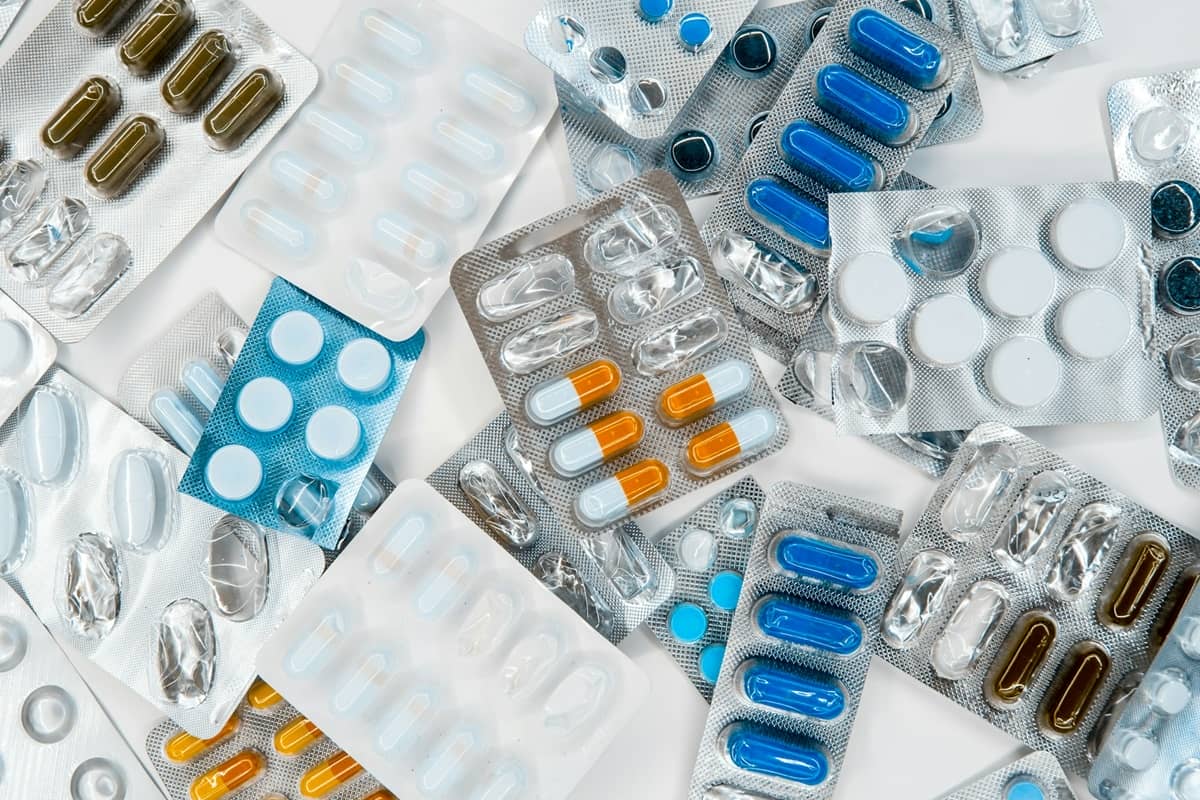Goldman Sachs experts in their research report have suggested that the economic system of the United States will be able to significantly strengthen as a result of Americans taking popular weight loss medications, including Ozempic and Wegovy.

The mentioned drugs are part of a powerful new class of medicines that have symbolically taken the global market by storm. Ozempic and Wegovy are known as glucagon-like peptide 1 or GLP-1 receptor agonists. Initially, the drugs were developed for the treatment of type 2 diabetes mellitus. Medicines have demonstrated a high level of effectiveness. This product consumers were able to lose weight, which is confirmed by the results of clinical trials. Ozempic has not been approved as a weight loss drug by regulators. At the same time, Wegovy was approved.
Goldman Sachs experts say that poor health is a factor of negative impact on the state of the economic system of the United States and creates a kind of source of pressure on the relevant environment. According to analysts, improving health indicators with GLP-1 could help reduce costs and increase productivity. The full realization of the potential of this factor of impact can become a reliable support for economic growth.
The statement of Goldman Sachs analysts can be called fair from the point of view of an objective understanding that an employee with health problems will demonstrate a lower level of efficiency or will be forced to interrupt activities for treatment, ignoring which can be fatal. At the same time, it is worth noting that in this case, a limited-scale factor of impact is implied. Improving the health of employees and taking medicines will be a positive circumstance for overall economic development. However, these factors of impact in the aggregate of the created effect will not become the basis for a fundamental change in the dynamic. This means that taking medicines and the good health of workers will become a positive circumstance for the economy, but will not change the situation in the relevant system in a global sense.
Goldman Sachs estimates suggest that a high level of GLP-1 consumption could increase the gross domestic product (GDP) of the United States by 0.4%. This is a significant result in terms of the impact of a single product, but a limited effect in a large-scale context. An increase in GDP by 0.4% is possible as part of the implementation of the baseline scenario modeled by the Wall Street bank analysts. In this case, it is envisaged that 30 million Americans consume GLP-1 and 70% of them benefit from it.
It is also possible to increase GDP by 1%. This result, according to analysts at Goldman Sachs, can be achieved if 60 million residents of the United States take medicine regularly.
The pharmaceutical industry could become a significant incentive for a positive economic dynamic. However in this case mandatory conditions are providing significant production volumes and compliance with treatment plans by citizens. The corresponding conclusion is contained in a research report by Goldman Sachs. The probability of implementing a scenario in which everything necessary to stimulate economic growth by the pharmaceutical industry will be materialized is what can be described as a question without a definite answer. In this case, the main factor is consumer behavior concerning investing in their health and the prospects for its change, which are difficult to predict.
In their research report, Goldman Sachs analysts also drew attention to the potential of using artificial intelligence to develop new drugs and noted the importance of advances in the sphere of gene editing as a perspective factor. Experts assess the current wave of innovations in healthcare as a promising macro- and microhistory. In their opinion, several scenarios of economic growth can form in the mentioned sphere of activity. It is worth noting that this potential has not yet been fully realized, which is why the effect of its impact so far can only be considered in the format of assumptions.
Long-term research suggests that poor health is an obvious negative factor for the United States labor market. Due to the corresponding problems, some employees are unable to carry out activities in a full-fledged mode. Poor health is also a common reason for reducing hours worked.
Goldman Sachs analysts said that negative health indicators of workers reduce the volume of production in the United States economic system by about 10% per year. In this case, data related to the current losses in hours worked and labor force participation due to illness and disability, early deaths, and informal caregiving were taken into account.
Obesity and related complications limit the supply in the United States labor market. Government statistics show that more than 42% of Americans are obese. Also, almost half of US residents have attempted to lose weight over the past year.
Goldman Sachs notes that according to the results of academic research, obese people are less likely to work and demonstrate a lower level of productivity as part of appropriate actions. The Wall Street bank analysts suggest that innovations in the healthcare area will improve health indicators, which will reduce the burden of this factor’s pressure on the economy.
GLP-1 has become very popular, as evidenced by the fact that pharmaceutical companies have been forced to increase the supply of relevant products to meet consumer demand. Novo Nordisk and Eli Lilly, which have their own GLP-1 for the treatment of diabetes, Mounjaro, have invested several billion dollars in expanding production facilities.
For some residents of the United States who are obese but have not experienced the problem of diabetes, the availability of the mentioned drugs is minimal and in some cases is on the verge of being impossible. The corresponding statement was made by Jody Dushay, the attending endocrinologist at the Beth Israel Deaconess Medical Center.
Novo Nordisk, which manufactures Wegovy, announced the beginning of an increase in the availability of this drug for residents of the United States. The company has more than doubled the number of lower doses of Wegovy compared to previous months. This was announced by Doug Langa, the head of North America operations, in February.
The mentioned drugs are expensive. Moreover, the cost of these products has increased recently. Novo Nordisk grew Ozempic’s list price by 3.5% to $969 for a four-week supply in January, according to nonprofit analytics firm 46brooklyn. Eli Lilly last month increased the cost of the Mounjaro by 4.5% to $1,069 for a four-week supply. The final price depends on the buyers’ health insurance policies.
As we have reported earlier, Goldman Sachs Strives to Attract Super-Rich.









